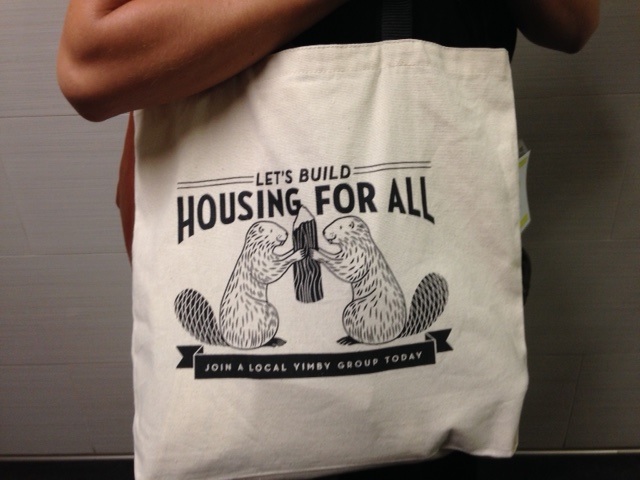
A Dec. 29 story by the Chron’s real-estate reporter, J.K. Dineen, who knows the market as well as anyone in town, shows exactly why the Yimby agenda will never work in San Francisco. The story dropped in the middle of the week when news readership is the lowest of the year, so I’m not sure how many policymakers saw it. But it has critical imformation about the way housing markets really work.

To wit: Developers now think that the market for condos and apartments is “softening” – that is, it’s not rising as fast as it used to – so they aren’t planning to build any more, except at the very high end.
In other words, you can’t bring down housing costs by removing barriers to more market-rate housing – because as soon as those costs come down, the developers (and more important, the speculative investors who finance them) put their money somewhere else.
The median price of a single-family home in the city has fallen 15 percent from its peak of $1.7 million in February 2017, according to real estate brokerage Compass. While the median price of $1.44 million is still out of reach for most people, it’s enough to have a chilling effect.
“Nobody buys land and develops in a downward market,” Keighran said. “Our guys stopped buying sites a year and a half ago.”
That doesn’t mean there’s no market for housing in the city; it just that the only market that private developers want to build for right now is the ultra-luxury level.
While middle-market projects are stalled, towers at the higher end of the price spectrum are still feasible, he said.
“Everything that is going forward is falling above the $2,000 (per square foot) price point,” Garber said. Projects with a projected price of $1,300 or $1,400 per square foot are not worth it to developers, he said. “In the short term, we are not going to see a lot of those delivered.”
The market is “softening” – so to speak – for a lot of reasons, including increases in interest rates, which makes mortgages more expensive. Construction costs are still up, though – in part because land is still really, really expensive in SF. (And “softening” doesn’t even remotely mean that new housing is anything close to affordable for most residents.)
Why is land still so high? Because density drives up land values and prices. Whatever the Yimbys say about homeowners wanting to protect their equity by opposing upzoning, the reality is that in the vast majority of the city (maybe not St. Francis Wood, but most places) density just makes existing land more valuable. And a lot of land owners are more than happy to sit on parcels rather than sell them at reduced rates (which is why there are so many commercial vacancies in a booming market).
At the ultra-luxury end, none of this matters, in part because those buyers don’t care about price; either they are so rich that the difference between a $2 million condo and a $5 million condo is irrelevant, or they are buying just as an investment, a place to park money, and they are never going to live here anyway.
So the model of the government getting out of the way and allowing the private market to work its magic by the old rules of supply and demand isn’t working, hasn’t worked, and won’t work. It can’t – unless we fundamentally change the rules of the speculative late-state Capitalism urban housing market.


